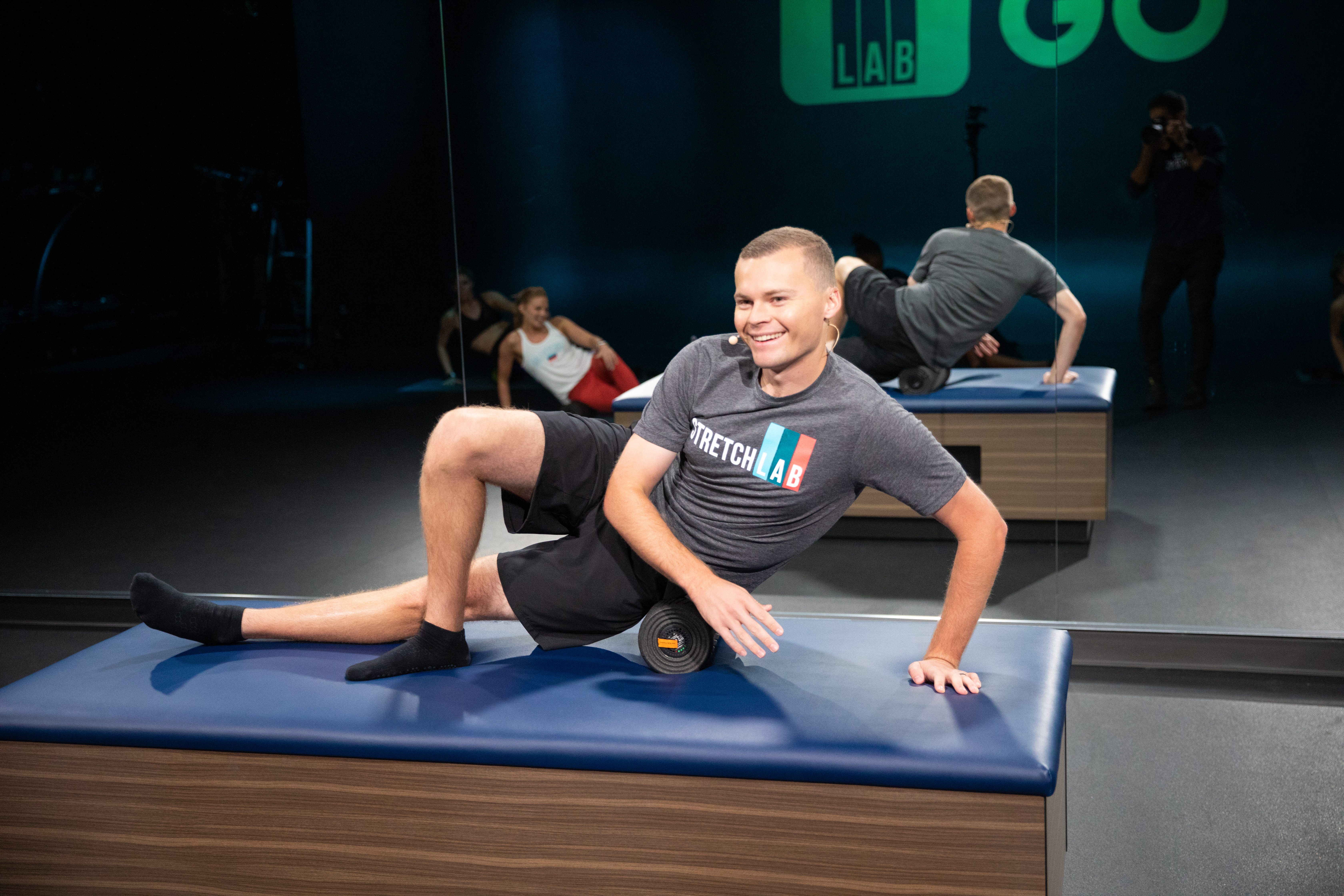
We all live busy lives, and we all have our daily routines, but for some, figuring out when they can squeeze in a workout is a never-ending challenge. After a long, busy day at work, you’re most likely tired, hungry, and ready to relax. While exercising in the evening certainly won’t hurt you, Austin Martinez, XPRO for StretchLab GO, recommends working out in the morning for maximum results.
While not everyone is a morning person, research has shown that we are more likely to stick to a regimen and effectively workout if it’s done first thing in the morning, which makes it the best time of day to exercise. According to Austin, starting a workout between 5 and 6 am provides a variety of health benefits, both mental and physical, which ultimately lead to more productivity in the gym and in the office.
Working out in the morning increases blood flow, which helps with your mental capacity and prepares the body for the day ahead. “It tends to energize you, replacing your morning cup of coffee. In addition, you’ll have to get up earlier than normal to work out, so now you have some extra free time to be more productive,” Austin says.
Humans tend to have more natural energy after a good night’s sleep. Later in the day, people are typically more sluggish and low-energy, which results in lackluster workouts. While an afternoon jolt of caffeine to help motivate you may be tempting, Austin does not recommend that approach. “You may increase your energy for the workout but ultimately risk a poor night's sleep and bad performance at work the next day,” Austin says.
It’s also important to make the most out of your early morning workouts and ensure each essential muscle group is getting enough attention. Austin is a big believer in functional workouts, rather than isolated workouts that target just one muscle group. A functional workout would include exercises such as squats, deadlifts, push-ups and pull-ups to name a few, targeting multiple muscle groups and your core that will generate noticeable results as you go about your day. “Oftentimes, functional exercises simulate real life activities that we all go through, so they prepare us for daily tasks,” Austin says.
Nonetheless, morning workouts aren’t as beneficial as they can be if you don’t achieve an effective level of consistency. It's not about working out five times one week and then twice the next. Figure out a routine that works best for you and keeps you motivated to hit your fitness goals. “Our bodies are hardwired for routine and habits, so if you create a consistent routine for your workout times, this will yield more positive results.”
If you’re an athlete training for competition, be very mindful of cycling in different exercises and workload intensities so you don’t overtrain. This affects both recovery and your moment-to-moment workouts. You risk injury and fatigue if you go 100% six days a week, so mix in some off days and lighter workouts to avoid a plateau. “Overtraining involves stress hormones being released from your body, ultimately making you less energized for your workouts and the potential to decrease your gains due to muscle breakdown,” Austin says.
Don’t ignore basic yet crucial recovery exercises as well, such as stretching. As an expert Flexologist, Austin recommends static and PNF stretches after each workout to decrease recovery time, soreness and help improve performance.